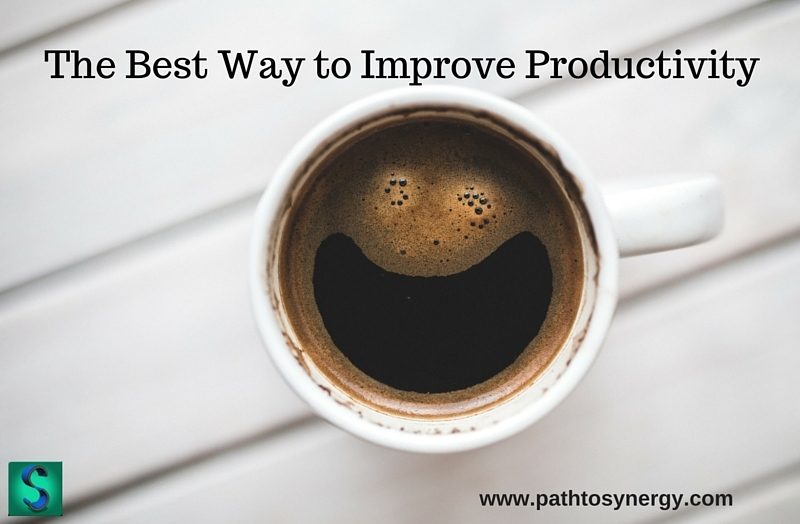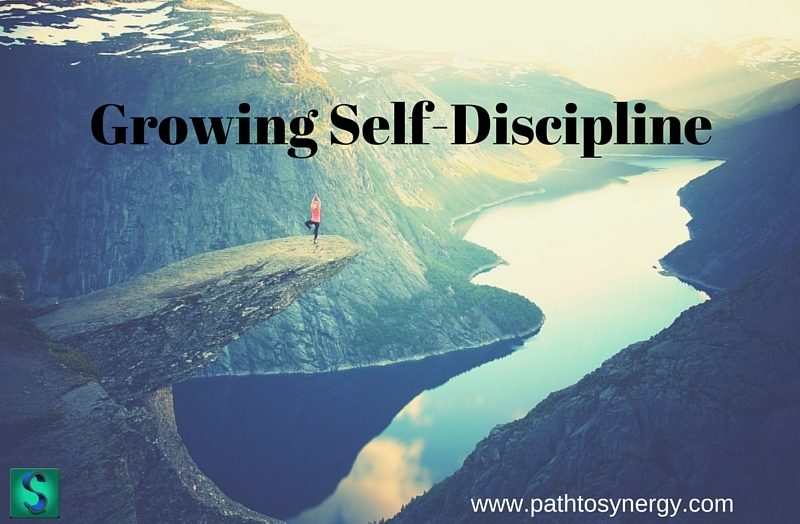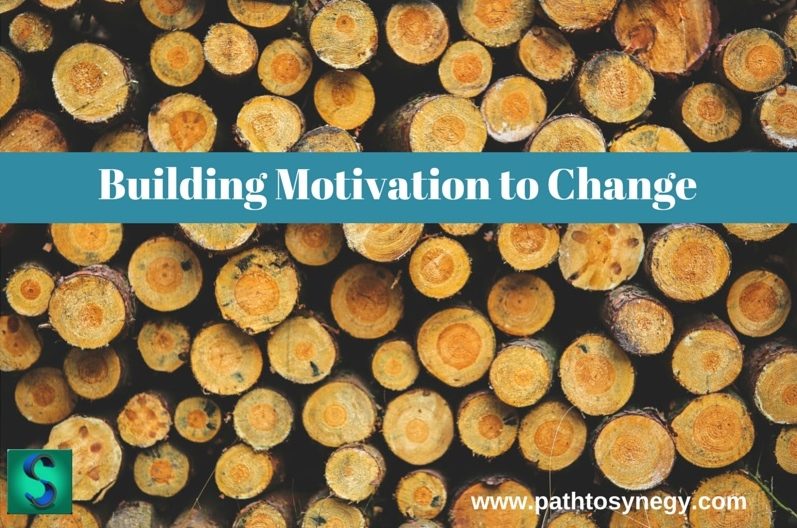Where do you see yourself in 5 years
I was recently watching an interview that Tony Robbins did regarding Tips for Getting out of a Funk. It’s worth a watch. He talked about setting intention, living more consciously and goal setting…in addition to some reflection on our current economy. This had me thinking about the direction that I’m heading. I also was recently encouraged by a coach to create a vision board. The idea being an exercise in response to the question – “Where do you see yourself in five years” This concept of setting a trajectory is one I find so important.
If you’re curious about goal setting and vision boards, check out this cool resource.
Exploring this idea of where I be in five years has been a helpful exercise. It makes me think about a lot more than goal setting. I know that goal setting is important. I have seen evidence of this in my own life time and time again, in addition to most of the clients I work with. I think that unless we are setting strong intentions, then we may just be letting someone else lead. We can either choose to be the creators of our direction or allow our direction to be created.
Expressing goals can really change results. According to a study by Psychology Professor Dr. Gail Matthews, 70 percent of participants who shared their goals achieved them, while 35 percent of participants who did not share or write down their goals had been unsuccessful in accomplishing them.
I think finding a direction can be challenging. There are so many distractions available to us. Depending on your disposition you may have what is often referred to as – “shiny object syndrome.” This means that there are always so many things to do, to see, to be involved with, to study etc. This constant pull in a multitude of directions can take us away from what we are truly after. I have found the following tips helpful in creating goals and creating a five year plan.
Five tips for creating a 5 year plan
It’s more than a 5 year plan –
Remember that creating a five year plan is more about just answering the question – where will you be in five years. Hopefully it’s about establishing new patterns of intentionality so that going forward you know more about what you want, where you’re headed and how you’ll get there. Setting a trajectory for success is about creating long lasting change, not just creating a plan.
Where were you five years ago –
Often times looking at where you have come from and how you got to where you are can lead to identifying patterns. These patterns can show up as positive or negative ways that have impacted your goals and aspirations. Alternatively, you may identify that over recent years there has not been much intention about where you were going, which may show the necessity for more self-direction. Keeping in mind the important concept from Marshall Goldsmith – “What got you here, won’t get you there.”
What are you willing to give up –
Setting an intention for self-development or improvement in some area in life may involve giving up other things. We only have so much time every day and setting priorities for what we want will sometimes mean letting go. A great exercise to consider in this evaluation of what you are willing to give up is to regularly ask yourself this question –
“How is what I’m doing right now getting me one step closer to where I want to be in five years?”
How self-disciplined are you and how can this improve –
Similar to asking the question of what you’re willing to give up is looking at how self-disciplined you are. Any sort of change takes a certain level of self-discipline. If you decide that your self-discipline needs improvement then exploring ways to practice may be helpful. Discipline can be built in a number of ways. For more detail, see this post on – growing self-discipline.
Letting go of limiting beliefs –
Exploring what beliefs serve you and which ones don’t, will help to not only develop your five year plan but also assist in the process of manifesting this plan. Fear often gets in the way of exploring goals that you think you may not be able to achieve. Reducing fear and limiting beliefs will allow you to see options available and set your trajectory higher than you think. Here are some strategies for how to let go of limiting beliefs and fear in more detail.
Challenge –
What is one thing you plan to accomplish in five years?
Best,
Michael






